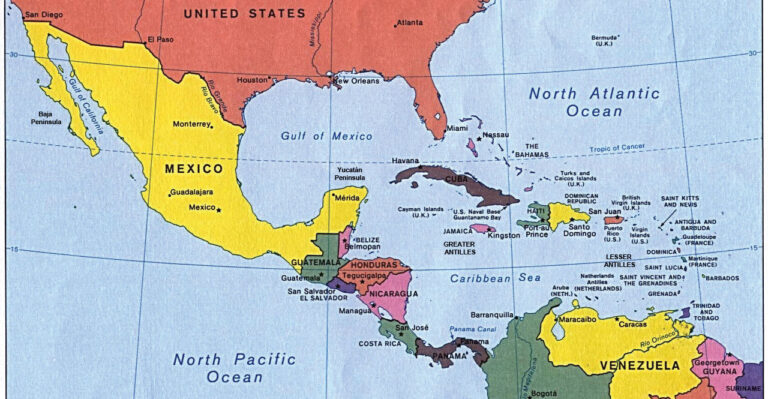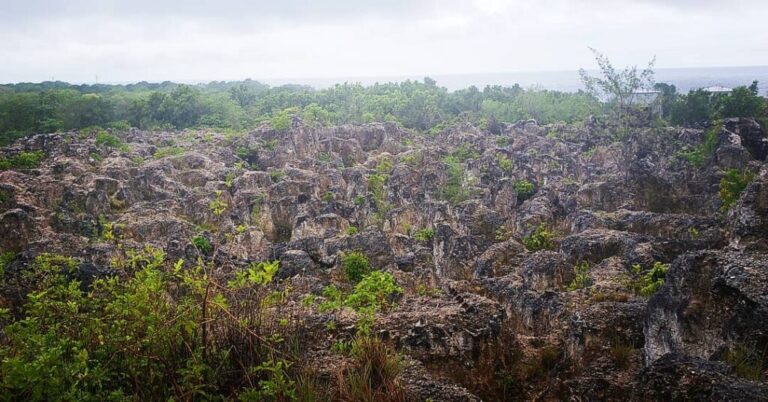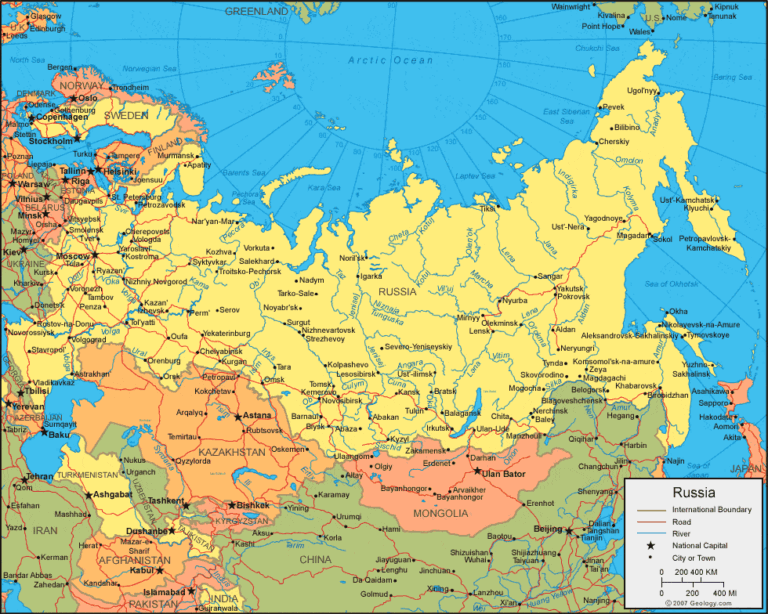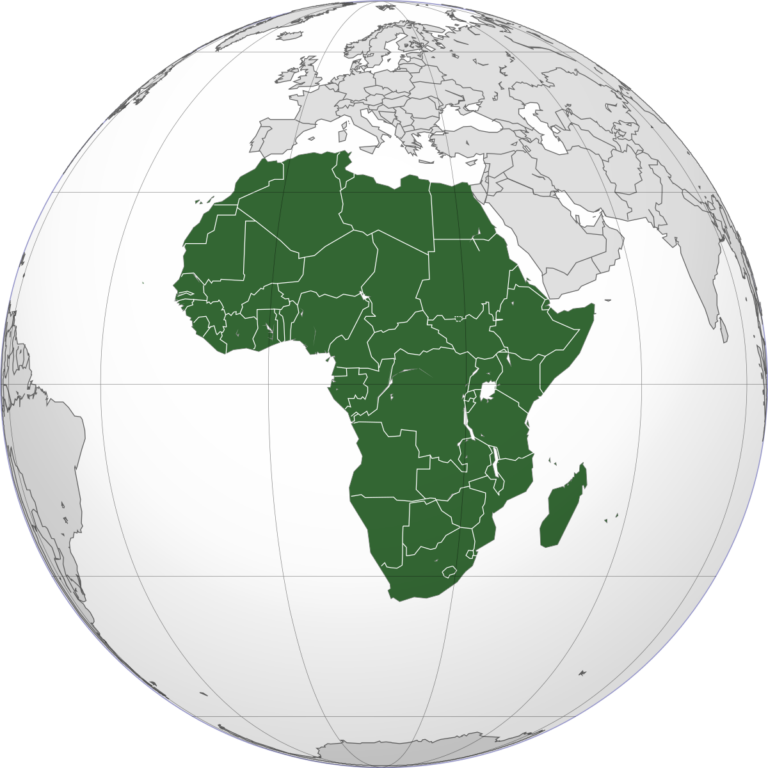Namibia Neighbouring Countries and Southern African Neighbors
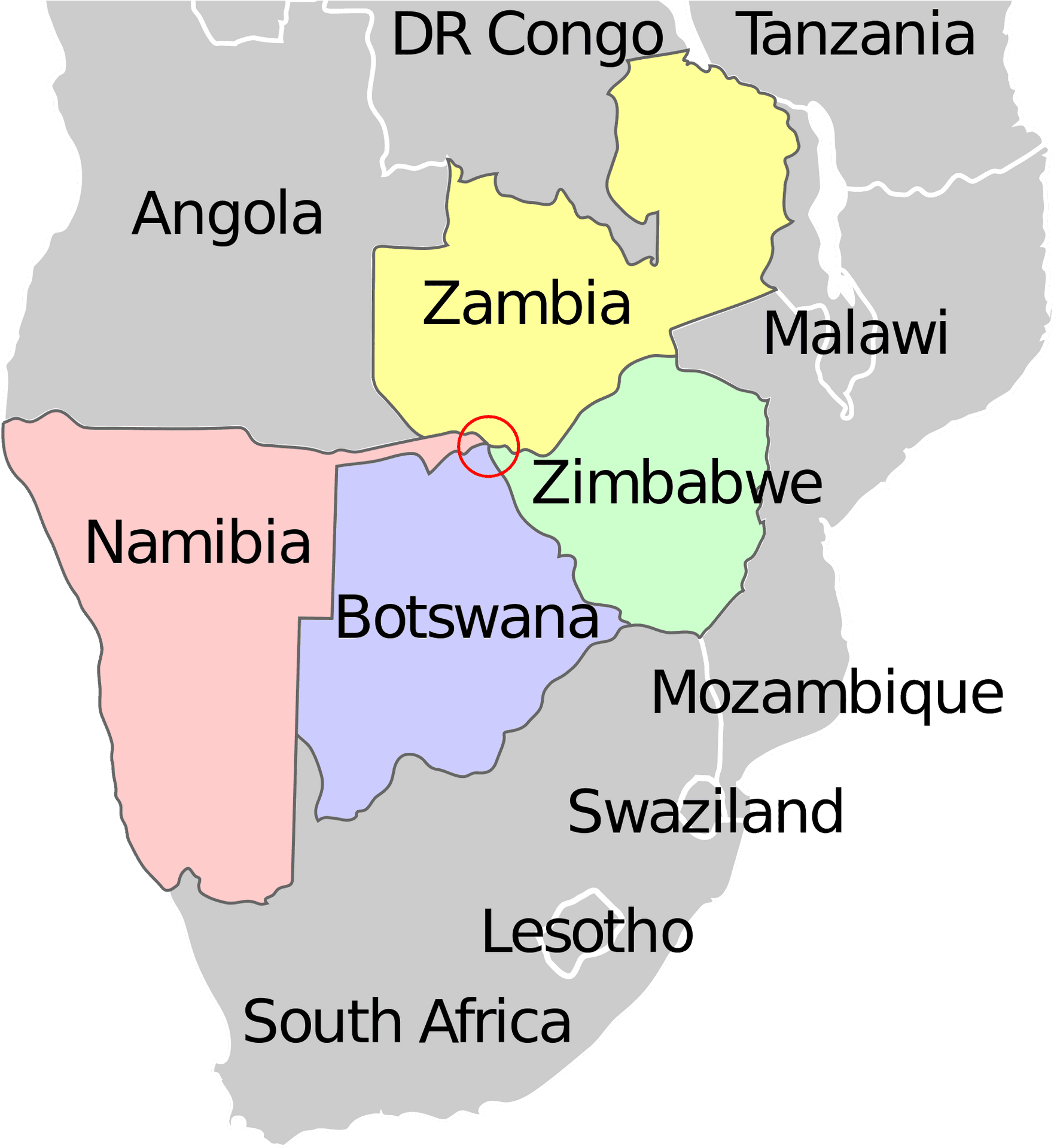
Namibia’s Neighboring Countries
Land Boundaries Overview
Hanging out in Southern Africa, Namibia is quite the social butterfly with four neighboring countries. Stretching across thousands of kilometers, these borders create Namibia’s unique geographical blend and shape its political ties. Namibia’s buddies in the neighborhood? Angola, Botswana, South Africa, and Zambia.
Bordering Nations
Each of Namibia’s bordering countries brings its own flavor and dynamic to the table.
| Country | Border Length (km) | Noteworthy Elements |
|---|---|---|
| Angola | ~1,376 | Northern neighbor |
| Botswana | ~1,360 | Eastern pal |
| South Africa | ~1,005 | Southern counterpart |
| Zambia | ~244 | Northeast comrade |
Angola
Up north, Namibia cozies up to Angola. This zone is a hotspot for trade and cultural mingling. Though past squabbles left some tension in the air, Angola and Namibia are now huddling around economic and defense teamwork.
Botswana
To the east, Botswana and Namibia are like good cousins. They team up on things like boosting infrastructure and divvying up stuff like the Chobe River’s water (Wikipedia). No poaching – they share it fair and square.
South Africa
Laying to the south, South Africa shares a boundary that the Orange River likes to wiggle through. Recently, they’ve been having chats about whose side the river runs. Current talks focus on whether the border line grooves down the river’s center or hangs tight on the northern edge (Engineering News).
Zambia
Zambia sneaks in from the northeast with a shorter yet important border. Trade routes and teamwork within the Southern African Development Community (SADC) keep things lively in this corner.
Resource Management and Disputes
Water, water, everywhere, and not a drop to spare! Namibia often has to juggle its water-sharing gigs, especially with South Africa and Botswana, given all the climate chaos and resource management drama. Talks stay friendly, as both Namibia and South Africa work through handshake deals of transparency and good vibes.
In the mood for more geographic tea? Check out our articles on Lithuania’s neighbors, Luxembourg’s surrounding countries, and Malawi’s bordering buddies.
Political Dynamics
Namibia’s political scene is a bit like a family dinner where everyone’s got a say, and not everyone’s thrilled. It’s a mix of influence from its neighbors, local quirks, and the mainstays of democracy, ethnic identity, and foreign imports to keep the lights on.
Democracy and Ethnic Divisions
Ever since Namibia broke free from South Africa’s apartheid grip back in ’90, it’s been all about democracy. But shadows of the past—colonial rule, segregation—linger like an unwanted guest. These ethnic and racial rifts still make waves in politics and everyday life.
| Year | What’s Happening |
|---|---|
| 1990 | Namibia steps up as its own nation, free from South Africa |
| 2020 | Local elections show who’s voting for who, hinting at deep-rooted divisions |
Turns out, growing democracy isn’t exactly a walk in the park. Recent election results show how old rivalries and friendships shape party loyalty and voting choices today.
Ethnic Politics Impact
Come November 2020, Namibia’s local elections were a bit of a wake-up call. SWAPO, the bigwig ruling party, didn’t do as hot as before, especially in places like Windhoek and Walvis Bay. People seemed to vote by ethnic allegiances this time around.
This tilt towards ethnic voting could throw a wrench in plans to tackle deep-seated problems like inequality and poverty. Instead of bringing folks together, it might just push them apart.
Electricity Imports and Investments
Namibia’s electricity situation? It’s kind of like borrowing sugar from the neighbor. Over half of its power comes from South Africa and nearby countries. But they’re hustling to brew their own.
To get foreign investors excited about home-grown juice, Namibia’s putting some serious muscle into its Electricity Control Board and power infrastructure. Here’s the scoop:
| Investment Focus | What’s Happening |
|---|---|
| New Power Generation | Building more stuff to rely less on imports |
| Transmission Capabilities | Spreading electricity evenly, like butter on toast |
| Attraction of Foreign Investors | Using the IPP framework to woo the international crowd |
These efforts aren’t just about unplugging from their neighbors. It’s about boosting Namibia’s own scene and lending a helping hand around the block. If you’re into geography kick-offs, check out our pieces on Malaysia’s neighbors and Malawi’s mates.
Natural Resources and Economy
Namibia’s got a jackpot of natural treasures and budding money-making chances that are setting the scene in Southern Africa. Let’s chat about Namibia’s stash of natural goodies, its recent block on lithium exports, and the exciting buzz about new oil finds.
Resource Wealth
This place is a goldmine—literally and figuratively. Namibia’s sitting on uranium, diamonds, gold, zinc, lithium, cobalt, and copper. Uranium’s the big star, making waves as a top export. Plus, Namibia’s got the goods for the clean energy movement—think lithium and cobalt. Back in 2022, a big Rare Earth Elements treasure was found up north, boosting Namibia’s already impressive resource lineup.
Here’s a peek at Namibia’s key resources and why they matter:
| Resource | Use It For | Why It’s Important |
|---|---|---|
| Uranium | Power plants | Major player |
| Diamonds | Jewelry bling, tools | Big deal |
| Gold | Fancy stuff, banks | Solid |
| Zinc | Rust protection | Handy |
| Lithium | Green batteries | Coming up strong |
| Cobalt | More batteries | Growing buzz |
| Copper | Wires and circuits | Middleweight |
Lithium Export Ban
In June 2023, Namibia said ‘hold up’ to shipping out raw lithium. They’re playing it smart, pushing for more in-house production. This move is all about squeezing more juice—read: money and jobs—for the local folks through mining (International Trade Administration).
Curious about how other countries in the hood play the economic game? Check out our article on Malawi’s neighboring countries.
Oil Discovery
In 2022, Namibia hit the oil lottery, stumbling upon a goldmine of offshore light oil in the Orange Basin. If they play their cards right and keep it eco-friendly, Namibia could skyrocket to a top 15 oil nation by 2035. This isn’t just about dollars; it’s about flexing some geopolitical muscle in Africa (International Trade Administration).
Here’s the big picture of the oil find:
| Discovery | Spot | What’s in it for Namibia | Timeline |
|---|---|---|---|
| Light oil offshore | Orange Basin | Sky-high oil status | By 2035 |
Want the scoop on how the neighbors stack up? Dive into our piece on Mozambique and its resources.
Namibia’s smart moves to work its nature-made resources while keeping things green paint a hopeful picture for its economic future, lifting its profile big-time in Southern Africa. Peek further into the natural fortunes of nearby places in our article on Morocco’s neighboring countries.
Port and Trade
Namibia’s spot on the map and its beefed-up ports a real game-changer for its trade situation, with Walvis Bay being the star player here.
Walvis Bay Improvements
Walvis Bay is like Namibia’s MVP (Most Valuable Port) when it comes to maritime business. In 2019, the port got a major facelift, upping its cargo handling game to 750,000 TEUs a year. This means Namibia can shuffle more goods around the globe faster, making it a big player in the trade scene.
Fast forward to September 2022, and the Swiss firm MSC’s subsidiary stepped in to steer Walvis Bay. With this change of hands, the port’s set to get even better, promising smoother operations and drawing in more ships from worldwide shipping giants. Thanks to these upgrades, Namibia is not just keeping up; it’s stepping up in the regional logistics arena.
Where It’s At
Namibia’s got a primo seat with Walvis Bay shining as a top choice for southern Africa. It’s got the jump on other ports because it’s nearer to places like Zambia, Zimbabwe, Botswana, and Angola. This closeness shaves off travel time and costs for landlocked nations, making it a handy hub for moving goods in and out.
Adding to its street cred, Namibia’s boosting its power game with fresh investments in energy production and supply. Historically, Namibia leaned on South Africa for over half its electricity needs. Now, with the Electricity Control Board’s new framework for independent power producers, there’s a good setup to lure in investors to light up the domestic and neighboring areas (International Trade Administration).
Here’s a quick peek at why Walvis Bay’s a big deal:
| Feature | Walvis Bay Port |
|---|---|
| Capacity | 750,000 TEUs per year |
| Manager | MSC subsidiary |
| Regional Perks | Close to Zambia, Zimbabwe, Botswana, Angola |
| Role in the Region | Prime access for southern Africa |
With its nack for geography and infrastructure, Namibia’s got some neat tricks up its sleeve. If you’re curious about how Namibia fits into the bigger picture with its neighbors or the latest on the lithium trade scene, check out our sections on Namibia’s Neighboring Countries and Lithium Export Ban for the lowdown.
Historical and Social Issues
Namibia’s past and social setup have been shaped by the fight for freedom, economic gaps, and ongoing social snafus.
Independence and Democracy
On March 21, 1990, Namibia shook off the shackles of apartheid-era South African control, stepping into independence. Since then, it’s been a multi-party democracy, part of the Southern African Development Community (SADC). The South West Africa People’s Organization (SWAPO) has been leading the charge since independence, nabbing a two-thirds majority in parliament just five years after the first elections in 1989, and they cleaned up with over 80% of the vote in the 2014 parliamentary shindig (BTI Project). Even with 30 years of trying to get this democracy thing right, Namibia is still tussling with ethnic tensions and struggles to make sure everybody’s voice is heard within the political scene.
Economic Disparities
Namibia’s history and geography tie it close to South Africa, and this is mirrored in the glaring economic differences among its people. The white minority lives it up with standards rivalling those in Nordic countries, while indigenous folks like the San are stuck on the sidelines.
| Economic Disparity | Description |
|---|---|
| White Minority | High-end living standards |
| Indigenous Minorities | Often marginalized, missing out on resources |
More than 40% of Namibians live in informal settlements that could use a serious upgrade in infrastructure. Over half don’t have access to decent sanitation. The job scene is bleak, with unemployment exceeding 50%, hitting young people hardest. Formal jobs are scarce, employing fewer than 250,000 out of a 2.5 million-strong population.
Social Challenges
Namibian society is still split by race, with many folks stuck in tough situations. A major hurdle is the spread of informal settlements which lack even basic amenities, making sanitation and health a mess (BTI Project).
| Social Indicator | Statistic |
|---|---|
| Population in Informal Settlements | Over 40% |
| Access to Adequate Sanitation | Less than 50% |
These social issues are tangled up with economic woes like sky-high unemployment and not enough proper job opportunities, especially for the youth. Namibia’s got to tackle these economic and social divides if it wants to be fairer and more united.
Check out more on neighboring countries with our articles on malawi neighboring countries, mozambique neighboring countries, and malaysia neighboring countries.
Diplomatic Relations
Namibia has some interesting neighborly ties that help shape their diplomatic game plan. Let’s take a sneak peek at Namibia’s connections with Angola, Botswana, and Ethiopia.
Angola and Defence Pact
Namibia cozies up to Angola like PB&J, thanks to a shared border that fosters camaraderie. They’re like two peas in a pod, especially in defense and trade. This tight-knit bond is all wrapped up in the Angola-Namibia Defence Pact, which is like their friendship bracelet for security and cooperation. Imagine them participating in joint military drills and swapping intelligence like it’s the latest gossip. Namibia gets its electricity fix from Angola, adding to the economic buddy system they’ve got going. And their partnership is given extra spice with shared cultures and a pinch of history.
Botswana Relations
Botswana and Namibia are kind of like the dynamic duo of Southern Africa, getting along like old pals. Botswana broke free from British rule in ’66, while Namibia shook off South Africa in ‘90. These two have rolled up their sleeves and teamed up for economic progress and to keep the peace in their hood. From trade to building stuff and saving the environment, they’re in it together like Batman and Robin. Plus, they’re in plenty of international clubs together, spreading their collaborative vibe worldwide. (More on that from Wikipedia.) Wanna know how other countries get along with their neighbors? Swing by our piece on Luxembourg’s neighboring buddies.
Engagement with Ethiopia
Save the date: March 21, 1990. That’s when Namibia and Ethiopia started exchanging friendly handshakes. Fast forward to 2007, and they’re signing an agreement that gave air travel between them a big thumbs up. Think of all the shared economic and cultural goodies they swop thanks to that! They’re also on point within international groups, lifting each other up for mutual development and a stronger African network. Their relationship shows they’re in this for the long haul, building alliances with heart (you can Google more at Wikipedia). For a scoop on how other countries chum with neighbors, check out our Malawi relations page.
Namibia’s friendly connections with its close-by countries are a big win for regional teamwork and shared progress. Dig deeper into how other nations get along with those next door by visiting our pages on Madagascar’s neighborhood ties and Malaysia’s neighborly deeds.

